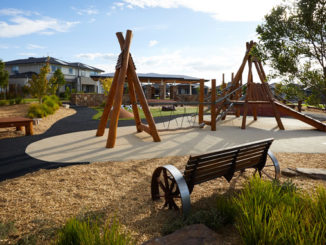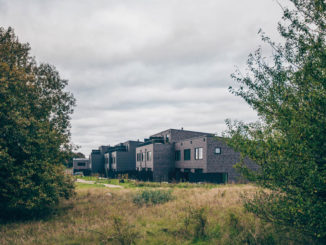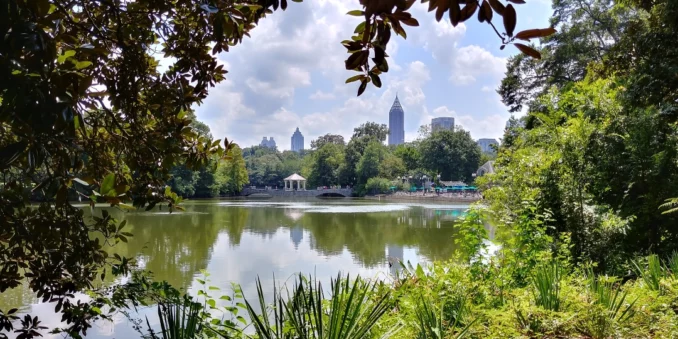
The Piedmont Park Conservancy, in partnership with the City of Atlanta, has announced that a team led by Nelson Byrd Woltz Landscape Architects has been selected to lead a comprehensive, community-driven planning process for Piedmont Park, which is considered the “beating green heart” of the city.
Piedmont Park is located in the heart of Midtown Atlanta and is an iconic green space with several miles of paved paths, picnic and play areas, athletic facilities, and expansive lawns. The 200-acre, century-old park hosts more than six million visitors and hundreds of events annually. As part of the park’s expansion plans, which will add nearly four acres, it will align with the nearby expansions of the Atlanta BeltLine and Atlanta Botanical Garden. Over the next two decades, the park aims to improve accessibility, enhance the visitor experience for its growing and diverse user base, and establish sustainable practices and green infrastructure to ensure its integral role in the city for generations to come.
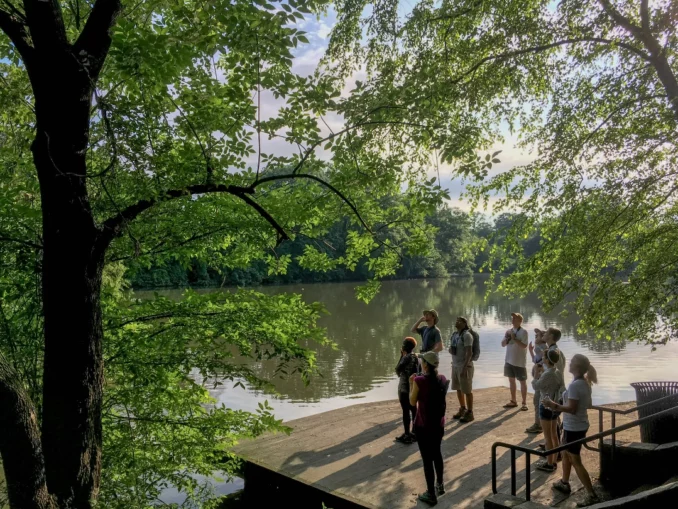
NBW leads a team of master planning experts, including Perez Planning + Design (PP+D) in parks planning, urban design, and local engagement and Kanics Inclusive Design Services (Kanics) in accessibility and accessible play.
The rich and storied history of Piedmont Park spans nearly two centuries, including the 1892 Auburn University vs. University of Georgia football game that began the “Deep South’s Oldest Rivalry;” the Cotton States and International Exposition of 1895, where Booker T. Washington delivered his famous “Atlanta Compromise” speech; and the city’s first Pride march. In the early 1900s, the City of Atlanta enlisted the Olmsted Brothers – sons of renowned landscape architect Frederick Law Olmsted – to design a master plan that would transform the then-derelict fairgrounds into a public park. While the resulting plan was never fully implemented, Olmsted’s design principles can be seen throughout the park, particularly in its meandering roads and pathways and wide-open fields interspersed with trees, lakes, and natural plantings.
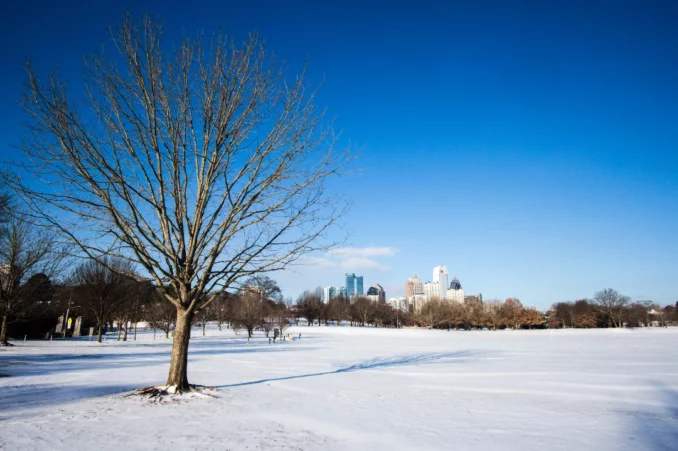
The last comprehensive plan for Piedmont Park was developed in 1995, and has now largely been realized. Smaller, targeted plans have been completed more recently, but were focused on specific expansion areas or aspects of the park, and were not comprehensive in their scope or engagement of external stakeholders.
Image Credits: as captioned


